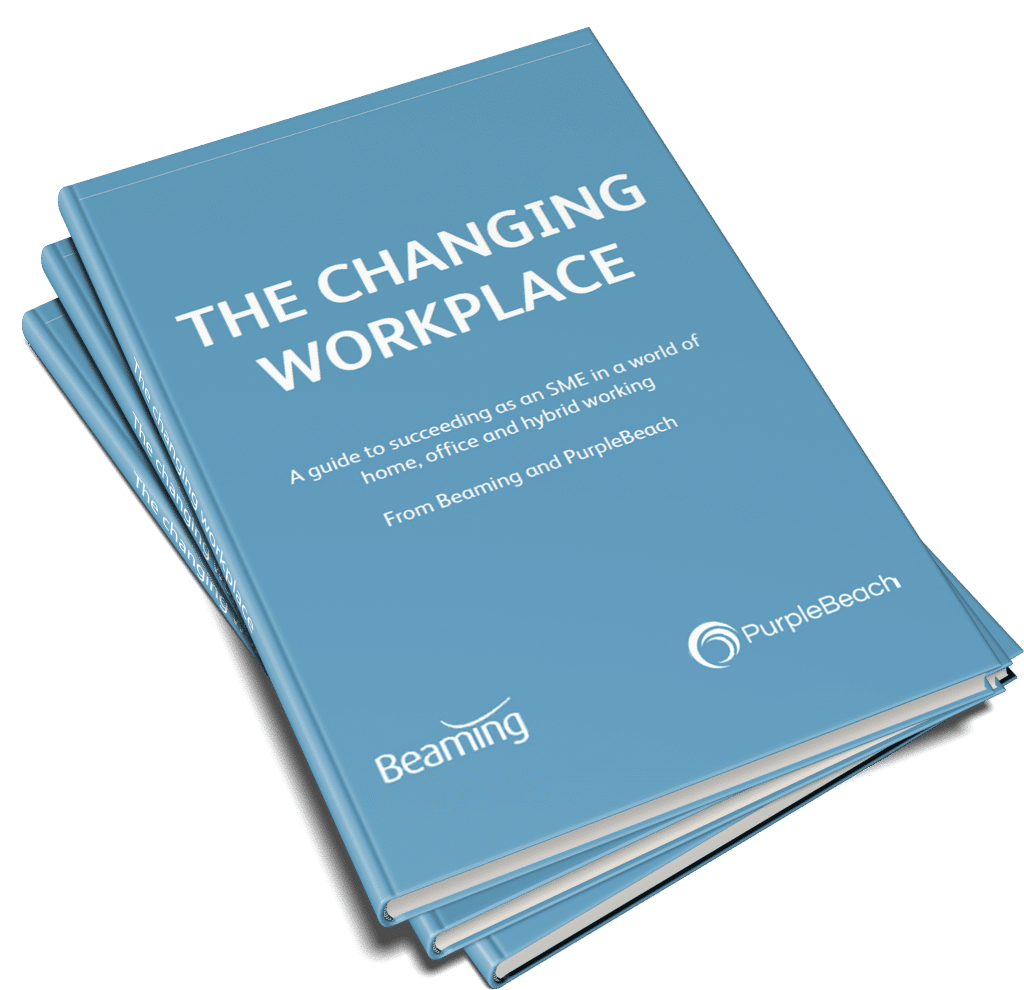Understanding the impact of lockdown on employees
As part of our research into the changing workplace, we asked Dr Heejung Chung, reader in Sociology and Social Policy at the University of Kent, to share guidance for employers that want to help employees set boundaries between work and personal life, avoid overworking, and improve the efficiency of their productive time.
Building the best work environment starts with understanding the different challenges lockdown has brought in mental health, productivity and the boundaries between work and personal time.
For many workers there’s a huge level of insecurity
You would expect that if people have more control over when and where they work that they’ll slack off. Expand their leisure time. However, not just in my own research but in research across the world, when you have blurred boundaries between working and home lives people work more.
There are many reasons for this. A lot of people will have been working longer hours at the start of lockdown due to a lack of support and unpreparedness. Among mothers especially, work time was ‘tainted’ by childcare responsibilities, so they couldn’t do their work unless it was late in the evening, or early in the morning.
For many workers there’s also a huge level of insecurity about keeping their job. Overworking results from chasing that competitive edge in response to the anxiety of being laid off.
Worker’s wellbeing is a crucial element in business success
As a good manager, you have to help people keep the boundaries between work and family life. Keep the message very clear – ‘We don’t want you to be working all the time’. Because in no way is that beneficial for anyone. Working long hours has been shown to decrease per-hour productivity, lower motivation and loyalty, and affect health which can cause sickness and absenteeism.
I know that there are managers out there who still think long hours are the only way to show commitment and achieve deadlines. Actually, if you have deadlines to meet and the company is in a tight situation you need to make sure the workers are in top shape, and can do their hours in a more efficient manner. Try to keep things manageable, protect the boundaries of workers, and even try to reinforce those boundaries.
By telling your employees that you don’t want them to overwork, you explain that it’s not beneficial to the company, and put the message out that the wellbeing of workers is a crucial element in the success of the business.
Managers can understand and help their employees better than ever
There is some benefit to home and work coming together. The crossover has forced managers to come to terms with the fact their workers aren’t just workers. They’re parents, carers, family members and pet owners too. I think we were in a way stuck, expecting workers to just work and that that’s all they are. In fact we’re all very multi-dimensional people.
That understanding came about because we are quite literally in each other’s houses in video calls. The benefit is that managers can understand and help their employees better than ever. The problem comes if due to the stress of work, personal insecurity, company insecurity about being able to ride this wave, you feel like you need to do more and more. It’s up to managers to communicate to their group a more efficient way of working rather than just slaving away all day and night.
There needs to be trust, there needs to be trial and error, and there needs to be a continuous conversation about strategies. This can’t just happen between managers and employees, but must also involve co-workers. People are missing out on that interaction, especially the informal chats.
There are ways of making remote working succeed, but there’s not just one solution. Businesses have to work as a group to find out what is most appropriate for them.
How are the UK's best workplaces adapting?
Dr Heejung Chung is a contributor to our Changing Workplace Report. In this free guide for business managers, she, alongside more remote working experts and leaders of some of the UK’s best places to work, gives advice covering:
- How have the best workplaces adapted to home, remote and hybrid working?
- What should business leaders do to support employees through uncertainty?
- How can businesses bounce back better?
- What technology should we use to boost homeworking productivity?
Enter your email address and we’ll send “The Changing Workplace” straight to your inbox
